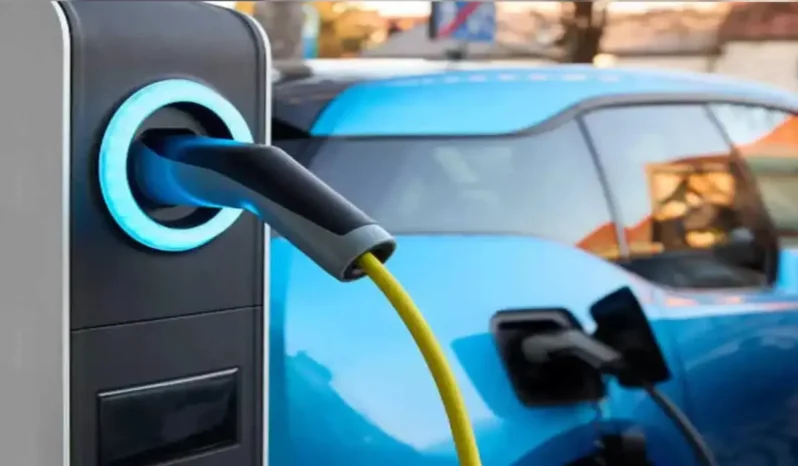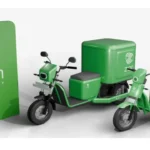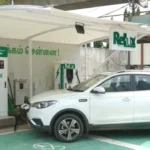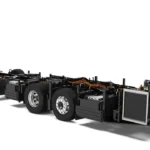In a giant leap towards global leadership in electric mobility. India has formally launched its highly awaited Battery Passport system. The project, announced this week by NITI Aayog with the Ministry of Heavy Industries and the Ministry of Power. It will transform the production, tracking, and recycling of electric vehicle (EV) batteries in India.
What Is the Battery Passport?
A Battery Passport is a safe digital document that follows every EV battery. From production to the end of life. It will hold critical information like:
- Origin and Manufacturer Information
- Manufacturing Date
- Cell Chemistry and Composition
- Performance and Safety Record
- Traceability in the Supply Chain
- Recycling and Second-Life Information
This information will be retrievable through a QR code or digital portal, informing consumers, regulators, and recyclers to an unprecedented degree.
Why Now? The Context Behind the Launch
India’s EV industry has seen spectacular growth. With two- and three-wheeler sales increasing more than 40% in FY2024, as per SIAM data. But this surge has come at a cost, most significant among them. A series of battery fire reports and apprehensions regarding the quality and traceability of foreign cells. A recent study conducted by the Bureau of Indian Standards revealed that a few manufacturers. Were mixing cells of different ages and origins to assemble battery packs. Which resulted in unsafe imbalances and lessened lifespan. Battery Passport solves the above problems. Directly by requiring uniformity and complete traceability for all batteries being sold in India.
Battery Passport: Major Features and Implementation Timeline
- Unique Digital Identity: A tamper-evident digital passport for every battery. Guaranteeing authenticity and traceability.
- Lifecycle Management: Every phase, from manufacturing to recycling, is traced. Enabling circular economy objectives.
- Consumer Empowerment: Consumers can authenticate battery health. Origin prior to buying or resale.
- Phased Rollout: Two-wheelers and battery swapping points will roll out the system first. By December 2025, followed by entire EV segments by mid-2026.
What’s Next?
The government is soon to issue detailed technical specifications and timelines for compliance. Pilot projects are already being conducted with pioneering OEMs in Delhi and Bengaluru. The program is also likely to dovetail. With India’s future policy on battery recycling and FAME-III incentives.
ELCTRIK Speaks
India’s Battery Passport is not only a regulatory framework. It’s a forward-thinking move toward a greener, safer, and more competitive future for EVs. As the world’s third-largest automobile market. India is now leading the charge toward sound battery management and international best practice.







